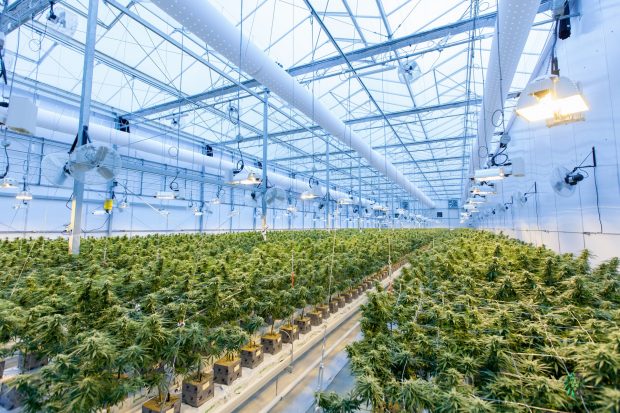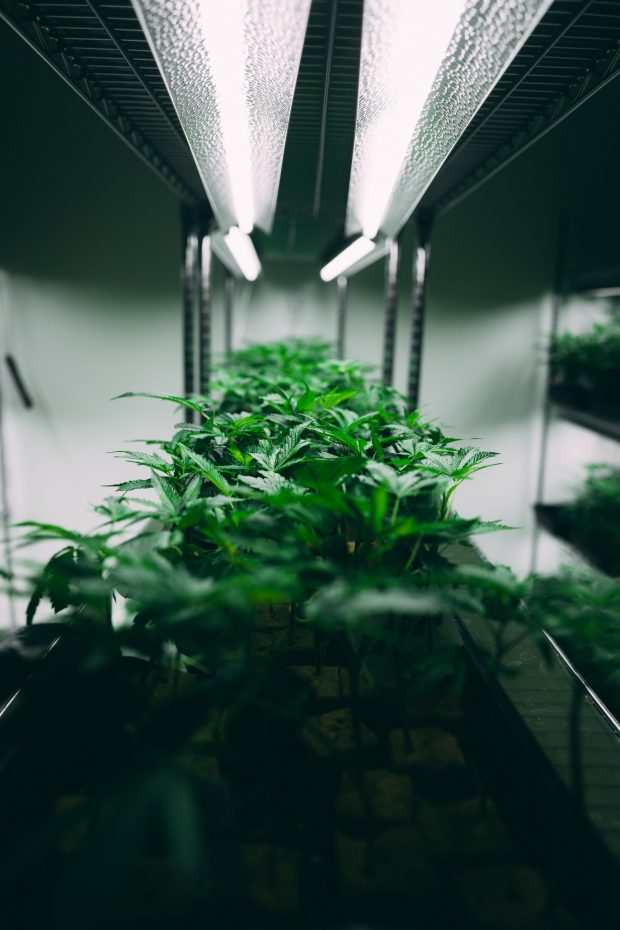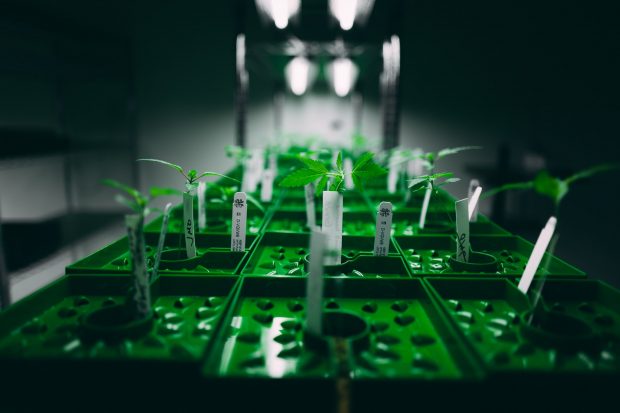Just as many homeowners and commercial businesses have switched over to LED lights to save energy, cannabis growers are doing the same. This applies to growers all over the world, but Canadians have become especially fond of their LED grow lights.
The obvious reason for this is that LED lights are a much more energy-efficient alternative to other types of grow lights. But there’s much more to it than just that.
About LED Lights
Before getting into the why aspect of using LEDs for your next grow op, it’s important to have a basic understanding of LED technology. The first thing to know is that LEDs, short for light-emitting diode, are able to produce light up to 90% more efficiently than the traditional incandescent bulbs.
According to Energy Star, LED bulbs work when “an electrical current passes through a microchip, which illuminates the tiny light sources we call LEDs and the result is visible light. To prevent performance issues, the heat LEDs produce is absorbed into a heat sink.”
There are a few major differences (and advantages) when comparing LEDs to other light sources, especially more traditional types of light like Incandescent and fluorescent. In addition to being more efficient, the smart design of LEDs makes them more versatile and longer-lasting.
Advantages of Choosing LEDs for a Grow Room
We’ve already covered the major advantages of LEDs – energy efficiency, versatility, and long lifespan – but let’s look at these (and a few other benefits for growers) more closely.
Energy Efficiency
Whether you’re farming indoors or simply changing out a few lightbulbs, LED lights will save on energy. More importantly, they’ll save on energy costs. This is a huge deal for growers since a grow room light system needs to be running for at least 12 hours every day.
Replacing a standard incandescent bulb with a standard LED can save you about $5 a year. This might not sound like much, but that’s the saving with just one bulb. If you’re running a large grow op, you might have hundreds of small diodes, which means your savings will be significant.
On top of being energy efficient, LEDs are also a better alternative for the environment. Unlike high-intensity lights, LED grow lights are 100% recyclable since they don’t contain mercury or any other toxic substances. Just make sure that the light system you choose is compliant with RoHS.
Longer Lifespan
A quality LED grow light can have a lifespan of up to 50,000 hours. When you compare that to other light options for growers, such as high-intensity bulbs like HPS and CMH, LEDs last much longer on average.
A huge reason for this is that LEDs operate at a much lower temperature, and this keeps them running longer. As long as they’re properly maintained and treated with care, you should be able to use your LEDs for many grow ops down the road.
Produces Full Spectrum Light
There’s some debate within the growing community on which light colors plants thrive most under, but many people argue that the most successful grow op calls for a full light spectrum. LED lights can make that happen.
One cool advancement in LED grow lights is that many fixtures give growers the option to turn certain color wavelengths on or off depending on the phase of the grow op. With each stage – seedling, vegetative, flowering – plants crave a different type of light, so this is a handy feature.
Cool Operating Temperature
Many growers actually find this to be the biggest advantage of choosing LEDs. Systems that give off light at a higher intensity also give off more heat, and this can make it difficult to control the temperature of the grow room environment. When things get too hot, your plants will suffer, and if temperatures reach an extreme, they could die off completely.
The good news is that this shouldn’t be a problem if you’re using LEDs. There are certainly benefits that come along with high-intensity lights, but not all grow rooms are set up to handle the high heat emission. If this is the case for you, LEDs are the obvious choice
When Not to Use LED Lights in Your Grow Room…
Before you start browsing through a list of recommended LED lights for growing, you should know that LEDs aren’t perfect. The main disadvantage is the high initial cost, so if your budget doesn’t allow for spending too much on lights, you might need to look elsewhere.
There is also some argument that LEDs aren’t able to produce the same high yields as high-intensity lights. This is true in some cases, but remember, not all grow rooms can handle the heat output of high-intensity lighting.
And to be completely honest, it’s more than possible to harvest healthy plants that produce high yields, especially if you’ve focused on other important aspects of your grow op, like pH, nutrients, ventilation, and grow room climate.
Read More:
6 reasons why gardening is good for your health
5 ways to have a tech filled, eco friendly garden
Smart ways to make your home more eco-friendly in 2020
How plant foods can help your skin glow naturally?




